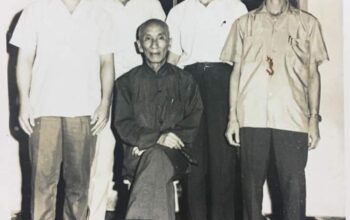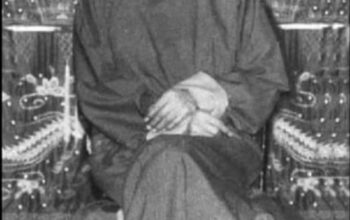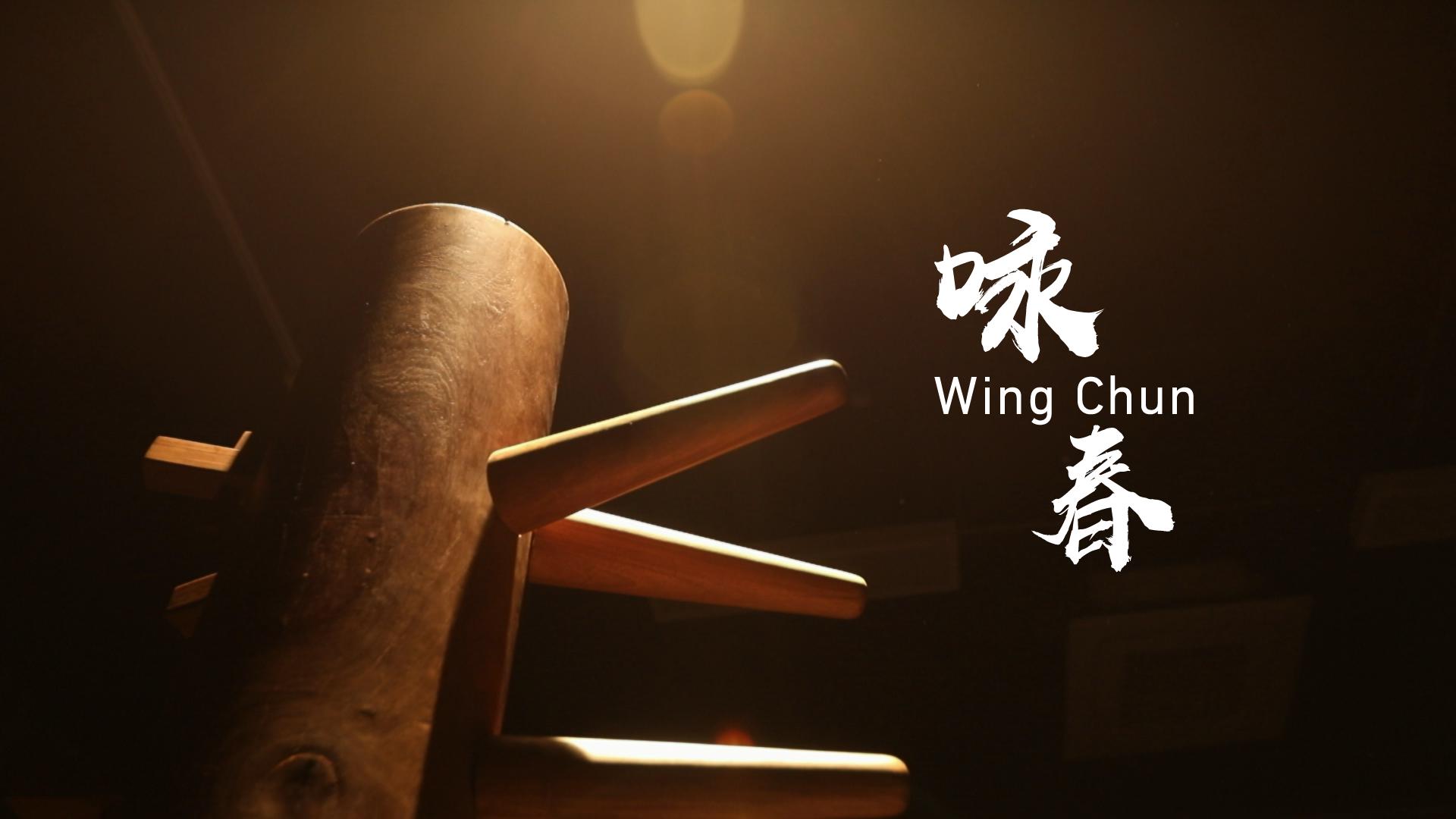The Role of Footwork in Wing Chun: Enhancing Efficiency and Control
Wing Chun, a traditional Chinese martial art, is renowned for its practicality, efficiency, and effectiveness in close-quarters combat. Central to the Wing Chun system is the principle of using proper footwork, which plays a crucial role in enhancing overall control, balance, and power. This article aims to delve into the significance of footwork in Wing Chun and how it contributes to the art’s unique fighting philosophy.
Footwork in Wing Chun serves multiple purposes, including maintaining balance, generating power, evading attacks, and enabling seamless transitions between offensive and defensive movements. Unlike some other martial arts that emphasize flashy kicks and extravagant footwork, Wing Chun focuses on minimalistic yet highly functional footwork techniques.
One of the key aspects of footwork in Wing Chun is the development of a strong and stable base. Practitioners are trained to adopt a rooted stance with a slight forward weight distribution, enabling them to maintain stability while executing techniques. By keeping a solid foundation, the Wing Chun practitioner becomes more resistant to being easily pushed or pulled off balance during combat. This stability is crucial for absorbing and redirecting an opponent’s force effectively.
Another important element of footwork in Wing Chun is maintaining a proper distance from the opponent. Wing Chun practitioners aim to operate in the “centerline,” a concept that refers to the imaginary line running down the middle of the body. By staying within the centerline, practitioners can control and manipulate the opponent’s movements more efficiently. Footwork techniques such as the “triangular footwork” or “side shuffle” allow the Wing Chun practitioner to maintain an optimal distance from the opponent, enabling quick counterattacks while minimizing the risk of being hit.
Footwork also plays a significant role in generating power in Wing Chun techniques. The art emphasizes the transmission of force from the lower body to the upper body, known as “rooting.” By utilizing proper footwork and weight shifting, practitioners can generate power from the ground up, channeling it through their punches and strikes. The pivot of the rear foot, combined with the rotation of the hips, enables the transfer of maximum power into the techniques. This integration of footwork and body mechanics enhances the efficiency and effectiveness of Wing Chun strikes.
Furthermore, footwork in Wing Chun allows practitioners to evade and avoid incoming attacks. Wing Chun employs a variety of footwork techniques, such as the “side step,” “forward step,” and “pivot step,” to evade punches, kicks, and grappling attempts. By smoothly transitioning between different footwork patterns, Wing Chun practitioners can efficiently evade attacks while simultaneously maintaining their position to counterattack. The emphasis on economy of motion and fluid footwork enables practitioners to navigate in tight spaces and swiftly change angles, making it difficult for opponents to land clean strikes.
The footwork principles in Wing Chun also contribute to the art’s defensive capabilities. The concept of “sticking” and “following” is fundamental to Wing Chun’s close-quarters combat strategy. By using precise footwork, Wing Chun practitioners can maintain contact with their opponents, feeling their movements and intentions. This allows them to intercept and redirect incoming attacks while simultaneously launching their counterattacks. Footwork patterns like the “sideways shuffle” or “circle step” facilitate the smooth transition from defense to offense, giving Wing Chun practitioners a tactical advantage in close-range combat.
In conclusion, footwork plays a pivotal role in the practice of Wing Chun, facilitating balance, power generation, evasion, and smooth transitions between defensive and offensive movements. The emphasis on stability, proper distance management, and the integration of footwork with body mechanics are all essential components of Wing Chun’s fighting philosophy. By mastering the intricacies of footwork, Wing Chun practitioners can enhance their overall control, efficiency, and effectiveness in combat.







